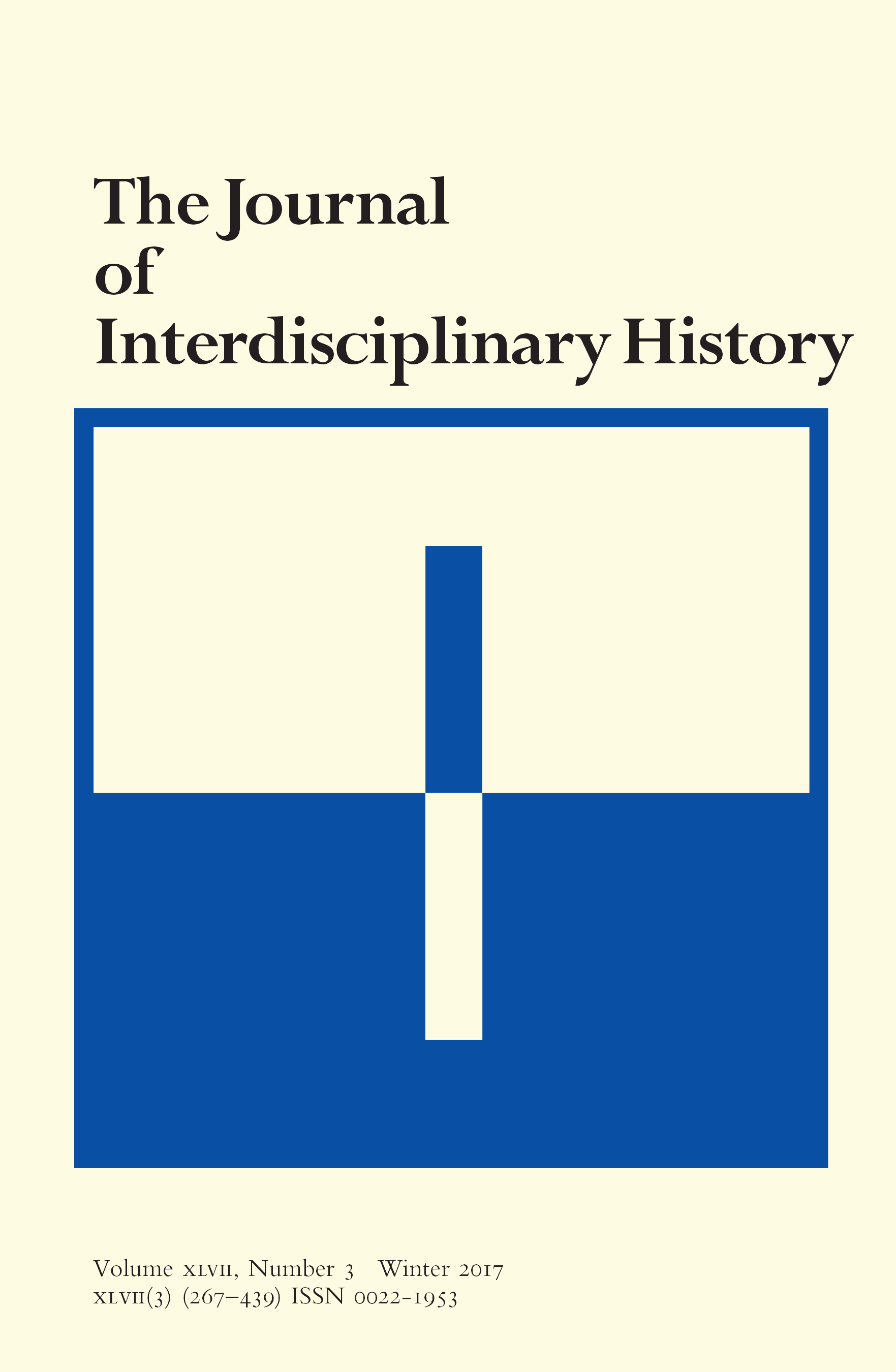From late 1780 to 1782, indigenous uprisings convulsed Andean society from Cusco to Potosí, presenting the most significant challenge to Spanish rule in America between the conquest and independence. During the past half-century, the “Great Rebellion” of the Túpac Amarus in southern Peru and the Kataris in Bolivia has morphed from footnote to central narrative in Andean history, generating a substantial scholarship; it is now treated as a major anticolonial revolt in the Atlantic world’s age of revolution. Sergio Serulnikov’s recent Revolution in the Andes: The Age of Túpac Amaru (Durham, 2013) offers a strong synthetic summary of this violent assault on the colonial order, but no English language narrative of Josef Gabriel Túpac Amaru’s attempts to establish a colonial, neo-Inca order in Cusco has appeared since Lillian Fisher’s dated The Last Inca Revolt (Norman, 1966). Drawing primarily from correspondence and official colonial records during and just after the rebellion,...
Skip Nav Destination
Article navigation
Summer 2015
May 01 2015
The Túpac Amaru Rebellion. By Charles F. Walker (Cambridge, Mass., Harvard University Press, 2014) 347 pp. $29.95
David T. Garrett
Online ISSN: 1530-9169
Print ISSN: 0022-1953
© 2015 by the Massachusetts Institute of Technology and The Journal of Interdisciplinary History, Inc.
2015
MIT Press
The Journal of Interdisciplinary History (2015) 46 (1): 141–142.
Citation
David T. Garrett; The Túpac Amaru Rebellion. By Charles F. Walker (Cambridge, Mass., Harvard University Press, 2014) 347 pp. $29.95. The Journal of Interdisciplinary History 2015; 46 (1): 141–142. doi: https://doi.org/10.1162/JINH_r_00820
Download citation file:
Sign in
Don't already have an account? Register
Client Account
You could not be signed in. Please check your email address / username and password and try again.
Could not validate captcha. Please try again.
Sign in via your Institution
Sign in via your InstitutionEmail alerts
17
Views
Advertisement
Cited By
Related Articles
Revolution in the Andes: The Age of Túpac Amaru
The Journal of Interdisciplinary History (August,2014)
The World of Túpac Amaru: Conflict, Community, and Identity in Colonial Peru
The Journal of Interdisciplinary History (July,2000)
Religious Diaspora in Early Modern Europe: Strategies of Exile
The Journal of Interdisciplinary History (August,2014)
A Rural Economy in Transition: Asia Minor from Late Antiquity into the Early Middle Ages
The Journal of Interdisciplinary History (August,2014)
Related Book Chapters
Cybernetics in Rebellion
From Newspeak to Cyberspeak: A History of Soviet Cybernetics
Walkers: Syncopated Limbs
Anigrafs: Experiments in Cooperative Cognitive Architecture
Charles Darwin
Through the Rearview Mirror: Historical Reflections on Psychology
Charles Babbage
Portraits In Silicon

